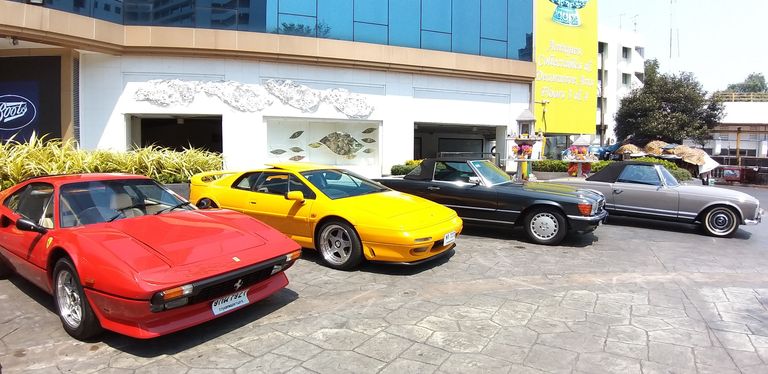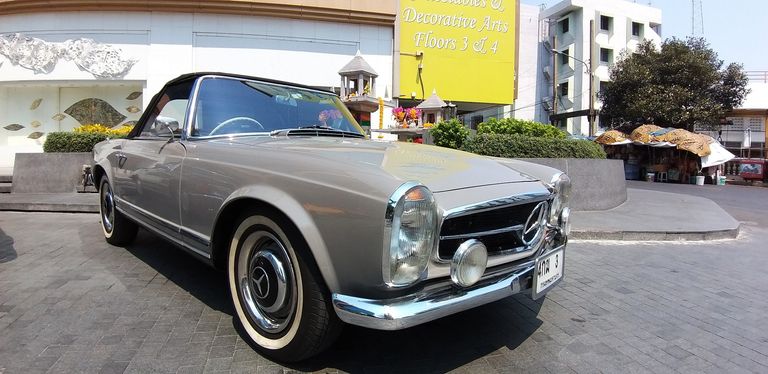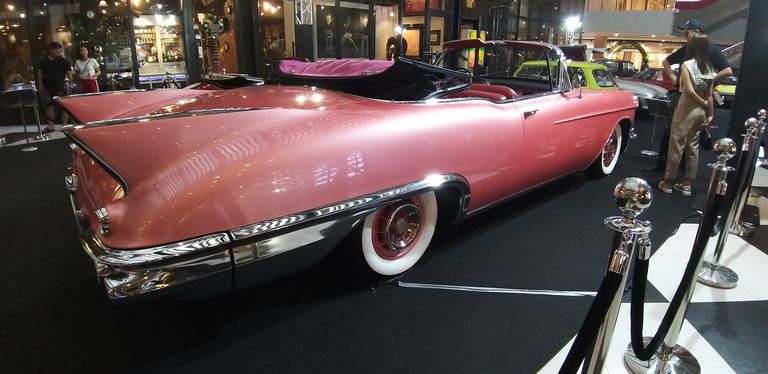Classic cars have captivated the hearts of automobile enthusiasts and casual observers alike, symbolizing a blend of art, history, and engineering. From their striking aesthetics to their storied pasts, these vehicles stand out as icons of their respective eras. But what exactly makes a car "classic," and why do these timeless machines continue to inspire admiration across generations?





The Hallmarks of a Classic Car
A car earns its "classic" status by transcending its original purpose of transportation and becoming a cultural artifact. While the definition may vary, several key traits consistently contribute to a car's classification as a classic:
Historical Significance: Classic cars often represent pivotal moments in automotive history. Vehicles like the Ford Model T and the Volkswagen Beetle, for example, signify innovation, mass production breakthroughs, and societal transformation.
Aesthetic Excellence: Many classic cars boast exceptional designs that reflect the artistic sensibilities of their time. From the curvaceous elegance of the Jaguar E-Type to the futuristic flair of the Chevrolet Corvette Stingray, their appearances remain timeless.





Engineering Marvels: Classic cars often showcase technological advancements or unique engineering features. The Mercedes-Benz 300 SL, with its gullwing doors and fuel injection system, was a trailblazer in its era.
Cultural Influence: Some vehicles achieve classic status due to their roles in popular culture. The Ford Mustang, immortalized in films like Bullitt, and the Aston Martin DB5, famously driven by James Bond, are prime examples.
Rarity and Exclusivity: Limited production numbers or the survival of only a few units often elevate a car's status. Vehicles like the Ferrari 250 GTO, with only 36 units produced, are sought-after treasures in the automotive world.





Iconic Classic Cars
Certain cars have become synonymous with the idea of "classic" due to their widespread acclaim and enduring legacy. A few standouts include:
- Ford Model T (1908-1927): Dubbed the "car of the century," the Model T democratized automobile ownership and laid the foundation for modern car manufacturing.





Jaguar E-Type (1961-1975): Enzo Ferrari once called it "the most beautiful car ever made." Its performance matched its looks, making it a quintessential classic.
Chevrolet Corvette Stingray (1963-1967): This American icon combined sleek design with raw power, earning its place as a muscle car legend.
Volkswagen Beetle (1938-2003): With its unmistakable silhouette and global appeal, the Beetle became one of the most beloved cars of all time.





Why Classic Cars Endure
Classic cars remain relevant not just because of their age but due to the stories they tell and the emotions they evoke. They are tangible links to the past, offering insights into the design, technology, and culture of bygone eras. For many enthusiasts, restoring and maintaining these vehicles is a labor of love, a way to preserve history for future generations.





Moreover, classic cars often represent a level of craftsmanship and individuality that is increasingly rare in modern automobiles. Their imperfections and quirks only add to their charm, making them unique in a world of mass production.





Conclusion
Classic cars are more than just vehicles; they are works of art, symbols of innovation, and relics of history. Whether admired for their aesthetic beauty, their technological achievements, or their cultural significance, these cars continue to captivate the imagination of people worldwide. As long as there is a passion for preserving the past and celebrating human ingenuity, classic cars will remain timeless treasures on the roads and in our hearts.






There's a classic Corvette store near where I live. It's basically a museum but also a dealership (sort of) for only Corvettes. They also have a bunch of parts in the store too. It's an interesting shop but I love seeing the different generations in person. Technology has come a long way.
Love my old school mean machines my first car was a 1969 Corvette Stingray and today I have the Micheal Knight black Pontiac with a fully worked 350 Chevy block.
Wow!!
This is awesome
Thanks @st-barnabas I love my classic cars.